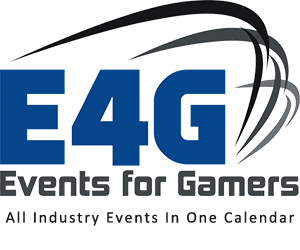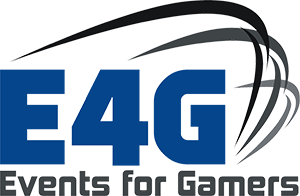 NVIDIA rolled out GameWorks for game devs last week at GDC 2014 with a big splash, then given a ripple effect through partnerships with Crytek (Warface), Epic (Unreal Engine 4) and Respawn Entertainment (Titanfall). While no one sentence can cover all that this package can do, GameWorks is a growing, evolving collection of tools and technologies that covers everything a developer could use from debuggers to flame and smoke effects and PhysX-physics based surface effects.
NVIDIA rolled out GameWorks for game devs last week at GDC 2014 with a big splash, then given a ripple effect through partnerships with Crytek (Warface), Epic (Unreal Engine 4) and Respawn Entertainment (Titanfall). While no one sentence can cover all that this package can do, GameWorks is a growing, evolving collection of tools and technologies that covers everything a developer could use from debuggers to flame and smoke effects and PhysX-physics based surface effects.
At GTC 2014 at a chat-with-NVIDIA-folks Hangouts lounge, I spoke with David Coombes, Developer Program Manager with NVIDIA, to ask about his insight into GameWorks and working with developers, both of which he works with on a regular basis.
This week at GTC, there wasn’t anything new to announce for GameWorks, since GDC “used all the fireworks”, Coombes mentioned, but the GTC show did represent an opportunity to connect with new developers and build on the momentum with developers created during GDC.

“Building relationships with (larger) studios is usually a high-touch relationship, involving sending out engineers on-site for a couple weeks,” Coombes said, but there’s a lot of opportunities at smaller studios. Anyone can join the GameWorks Registered Developer Program, as a starting point, so it‘s easy enough for an indie or a AAA studio to investigate the developmental possibilities with GameWorks. By doing so, Coombes explained, developers are provided “access to newsletters, to the SDK, training materials, download new samples, new demos. With a lot of components, there’s a free version and there’s a free version and a paid version with (full) licensing and source code access.”
The roll-out of NVIDIA’s Tegra K1 powerhouse mobile chipset marks a big step forward at the silicon level toward blurring the lines between the horsepower driving mobile and consoles/PC. The same can be said for GameWorks, which is platform agnostic, and is hitching its wagon to that chipset star. As Coombes explained, “With Tegra K1 moving forward, we’re seeing a conversion between desktop and mobile. It’s the same architecture, just the amount of performance you’ve got. One of the conscious decisions with GameWorks was to not strongly distinguish between our mobile developers and our desktop developers. We treat them as equals.”
What’s coming up for GameWorks? “The big story for us this summer will be the Tegra K1.We will have a 64bit, a dual core 64 bit and eventually a quad core 64 bit version of that,” which GameWorks will likely be keeping pace with. While mobile is catching up quickly to desktop performance, the “PC will have a richer experience than a mobile device,” which will be reflected in the capabilities exhibited through GameWorks.
While the jury is still out whether the GameWorks libraries will offer as much optimization capability for games developed for AMD and Intel’s chipsets, which is a standing question in some discussions, GameWorks represents at least a promising match for developers creating Tegra-enhanced mobile games — especially as the K1 becomes a standard over the year.



